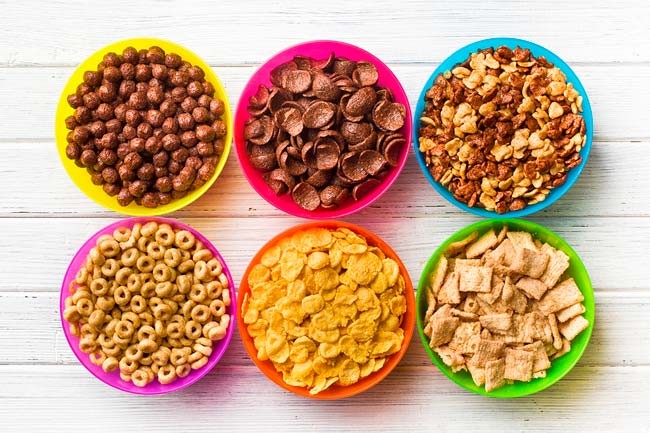- Make It Yourself Lavender Heart-Shaped Bath Bombs!
- 20 Things You Never Knew About “Down There”
- 12 Best Foods For Those Suffering From Arthritis Pain
- 12 Personal Hygiene Mistakes Almost Everyone Makes (Mom Never Told You About #4!)
- 15 Medicinal Plants And Herbs From The Cherokee People
- 12 Mind-Blowing Benefits Of Drinking Coconut Water During Pregnancy
- 12 Outstanding Winter Foods That Won’t Fatten You Up Like A Christmas Turkey
12 Foods You Think are Healthy but Are Making You Fat (You Won’t Believe #7)

Photo credit: bigstock.com
10. Fructose
This is the kind of sugar that naturally occurs in fruit, and many people think that because it came from Mother Nature, it must be healthy, right? Well, this is true and it’s not exactly right at the same time. Eating one or two pieces of whole fruit each day is good for you, that much is true. The fructose in two pieces of fruit isn’t much and won’t harm you. The problem with fructose is a twofold one. Many overweight people turn to fruit and fruit juice to satisfy their sweet tooth. Fruit juice, even if you squeeze it yourself, often contains as much as 7 pieces of fruit. This is a high number of calories, and most of those calories come from sugar. Even if you eat the fruit whole, eating more than 3 pieces of fruit each day is too much fructose.
The second problem is that most processed foods and drinks use tons of fructose to “naturally” sweeten their products. In fact, the number one source of calorie consumption in the
US is high fructose corn syrup (usually in the form of soda). Keep your total fructose consumption to less than 25 grams each day.
11. Breakfast Cereals
Although cereal can be a healthy choice in the mornings, most of the cereal Americans eat is not much more than sugarcoated flour. Very few cereals are made with whole grain. Even if you should find one, you will probably find that it has added sugar, fructose, honey, chocolate bits, and pieces of sugarcoated fruit. Most cereals will spike your blood sugar, then your insulin levels, and when you have your sugar-crash about 10 or 11 AM, you will want to refill that sugar deficit by grabbing a few cookies and a soda. Cereals that say they have “low sugar” usually have misleading labels. Read the serving size. A typical serving is ¾ to 1 cup. Most of these “low sugar” cereals try to say that their serving size is ¼ cup, which is a very small handful of cereal. Opt for eggs or oatmeal as a healthy alternative.
SEE ALSO: Drinks You Think are Healthy but Are Not Any Better Than Sodas
12. Whole Wheat Bread
There is a big difference between whole grain bread and whole wheat bread. Although whole wheat bread sounds healthy (and they have all those beautiful sunny pictures of wheat fields on the package, right?), all the grains in this type of bread have been processed and pulverized into the type of flour that does nothing more than spike your blood sugar. Whole wheat bread has a high glycemic index, just as high as regular white bread, so you aren’t really doing yourself any favors by eating this type of bread. Whole grains are good for you and won’t spike your blood sugar levels, encouraging your body to make insulin and store this extra glucose as fat. Look for the words “whole grains” on the package.
Of course, in addition to ditching the foods that are keeping you fat, you will need to get regular exercise, at least 7 hours of sleep each night, and learn how to manage your stress if you really want to watch the weight simply drop off.
References:
































